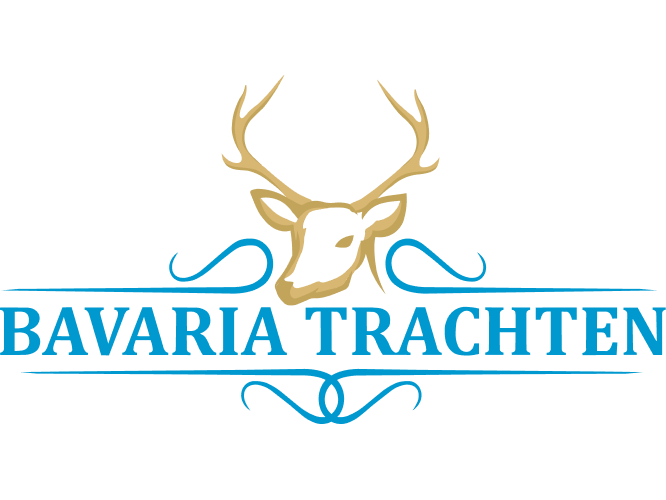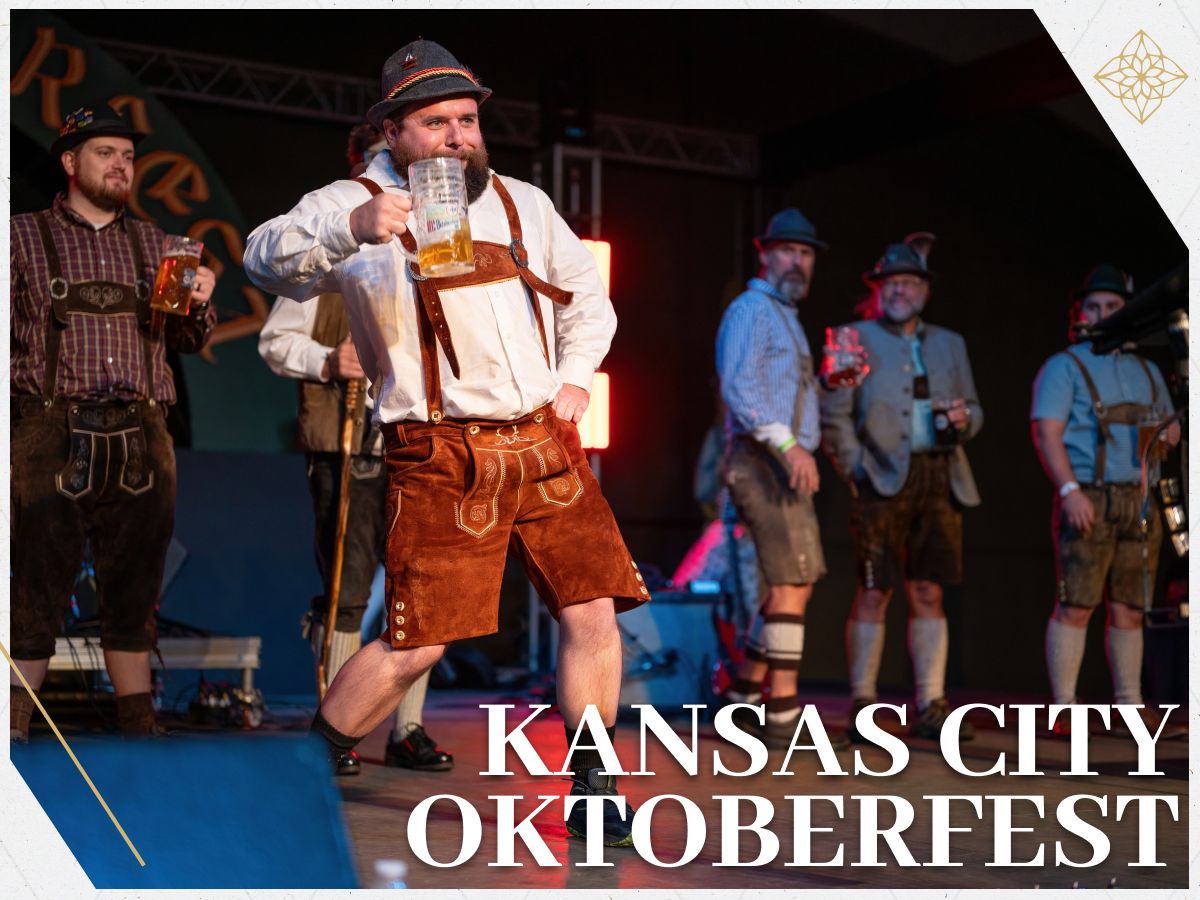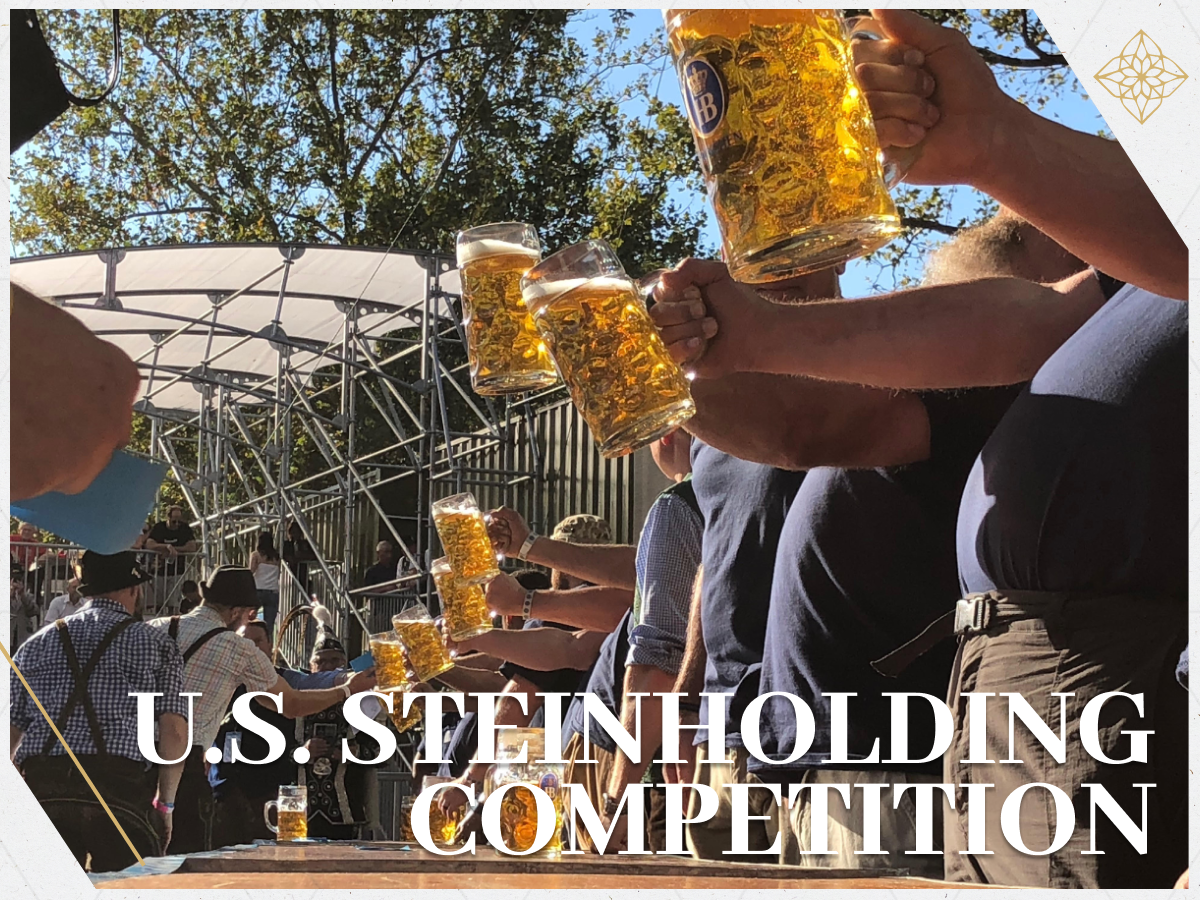Tracht
Get a $10 store credit for your first order
Oktoberfest, the world's largest German beer festival, is an honored tradition that takes place every year in Munich, Germany. Celebrated for over 200 years, this exciting event is not just about beer; it's also a celebration of Bavarian culture, history, and tradition.
One of the most significant aspects of Oktoberfest is the traditional attire known as “Trachten”. Wearing a “Tracht” to the festival is a fantastic way to fully immerse yourself in the experience and show your appreciation for the rich Bavarian culture.
This guide will help you in the world of “Trachten” and what to dress appropriately for the Oktoberfest.
Bavarian Tracht: A timeless symbol of regional pride and identity
In today's world, the term "Tracht" often conjures up images of specific traditional attire, but it's essential to recognize the rich history and cultural evolution behind this unique clothing.
Initially, "Tracht" meant everything about a person's appearance, from their clothes and hair to their demeanor. This concept began to shift in the 19th century as the search for cultural identity led to the creation of folk costumes.
Back in the day, traditional costumes signified not just a person's regional origins but also their social status. The ability to afford a lifetime wardrobe was more about financial constraints than patriotic expression. It wasn't until the 19th century that class barriers began to break down, giving more people access to contemporary fashion.
The search for cultural identity in the newly-formed kingdom of Bavaria led to the romanticized creation of national costumes, symbolizing a connection to the past. Prince Regent Luitpold (1821-1912), for example, was known for his patriotism and affinity for Lederhosen and alpine jackets (Janker).
Oktoberfest and Trachten
In Bavaria, the most well-known forms of “Trachten” are the Lederhosen for men and the Dirndl for women. These garments have their roots in the rural clothing worn by peasants and farmers in centuries past. Over time, “Trachten” has evolved from a practical work outfit to a symbol of cultural identity and pride.
While the “Tracht” worn at Oktoberfest are often more colorful and elaborate than their historical counterparts, they still serve as a vibrant reminder of Bavaria's rich cultural heritage. By donning these traditional garments, visitors to the festival can fully immerse themselves in the spirit of Oktoberfest and pay homage to the region's history and traditions.
In recent years, the popularity of “Trachten” at Oktoberfest has also influenced global fashion trends, with many designers incorporating elements of traditional Bavarian attire into their collections. This has led to a resurgence of interest in “Trachten” and a greater appreciation for the craftsmanship and artistry that goes into creating these timeless garments.

The Men's Tracht
For men, the typical outfit consists of lederhosen, a checkered shirt, and some essential accessories. Let's break down the elements of the perfect Oktoberfest attire for men.
Lederhosen
These leather shorts are the most iconic piece of men's Oktoberfest attire. Traditionally made from deer or goat leather, lederhosen are both durable and comfortable. They typically feature suspenders, front flaps, and intricate embroidery.
When choosing lederhosen, consider the length – knee-length or above-the-knee – and the color. Brown and black are the most common options, but you might also see shades of gray or green.

Checkered shirt
A traditional checkered shirt is the perfect complement to lederhosen. Look for shirts in red, blue, or green with white checks. Long-sleeved shirts are the most common, but short-sleeved options can also be appropriate for warmer weather.
Shoes and socks
To complete your Oktoberfest outfit, you'll need the right footwear. Traditional “Haferl” shoes, which are sturdy leather shoes with a side lacing system, are a popular choice.
Alternatively, you can opt for brown or black leather boots. Pair your shoes with knee-high or calf-length socks in white, gray, or natural shades.
Men can also wear traditional Bavarian wool socks called "Loferl," which consist of separate parts for the calf and ankle, leaving the top of the foot exposed.
Hat
A Bavarian hat, also known as a "Tirolerhut" or "Alpine hat," adds the finishing touch to your Oktoberfest attire. These hats are made of felt and typically feature a brim and a decorative band, often adorned with feathers or pins. Choose a hat that matches the color of your lederhosen and fits comfortably.
The Women's Tracht
The Dirndl is the traditional dress worn by women at Oktoberfest. It typically consists of three main components: the dress itself, a blouse worn underneath, and an apron tied around the waist.
Dirndls come in various styles, colors, and lengths, but a few key elements remain consistent across all designs.
The dress
A typical Dirndl dress features a fitted bodice, a full skirt, and a low neckline. The length of the skirt can vary, with options ranging from mini to midi to full-length. When choosing a Dirndl for Oktoberfest, look for a design that complements your body shape and personal style.
The blouse
The blouse worn under the Dirndl is typically white and features puffy sleeves and a neckline that complements the dress. There are many blouse styles available, from modest to more revealing. Choose a blouse that suits your comfort level and the weather, as Oktoberfest can be chilly in the evenings.
The apron
The apron is a vital part of the Dirndl ensemble, tied around the waist and often featuring a decorative bow. The color and pattern of the apron should complement the dress, and the bow is traditionally tied on the left side for single women and on the right for married or engaged women.
Additional advices for Oktoberfest
Plan ahead: Oktoberfest is a busy event, and it's best to start shopping for your outfit well in advance to avoid last-minute stress and limited options. This will also give you enough time to find the perfect attire and accessories that suit your personal style and budget.
Rent or buy: If you're not sure whether you'll attend Oktoberfest regularly, consider renting your outfit instead of buying it. Many shops in Germany and online retailers offer rental services, allowing you to enjoy the event without committing to purchasing a full outfit.
Dress for the weather: Oktoberfest takes place during autumn, so temperatures can vary. Be prepared for unpredictable weather by bringing a warm jacket when it gets chilly. It's also a good idea to have an umbrella in case of rain.
Comfort is key: While dressing up for Oktoberfest is part of the fun, comfort should be your top priority. Choose well-fitting outfits and comfortable shoes, as you'll likely be standing, dancing, and walking for long periods.
Embrace the tradition: Oktoberfest is a celebration of Bavarian culture, so don't be afraid to fully embrace the traditional attire and accessories. You'll feel more immersed in the event and create lasting memories by participating in the age-old customs.
Conclusion
Whether you are attending Oktoberfest for the first time or a seasoned festival-goer, wearing a “Tracht” is a fantastic way to embrace the spirit of the event and show your appreciation for Bavarian culture.
Planning ahead, prioritizing comfort, and embracing the rich Bavarian culture will ensure you have a memorable and enjoyable experience at the world's largest beer festival.
With a wide variety of styles, colors, and designs to choose from, there's a perfect “Trachten” outfit for everyone – and it's certain to make your Oktoberfest experience even more memorable.
Get a $10 store credit for your first order










Leave a comment